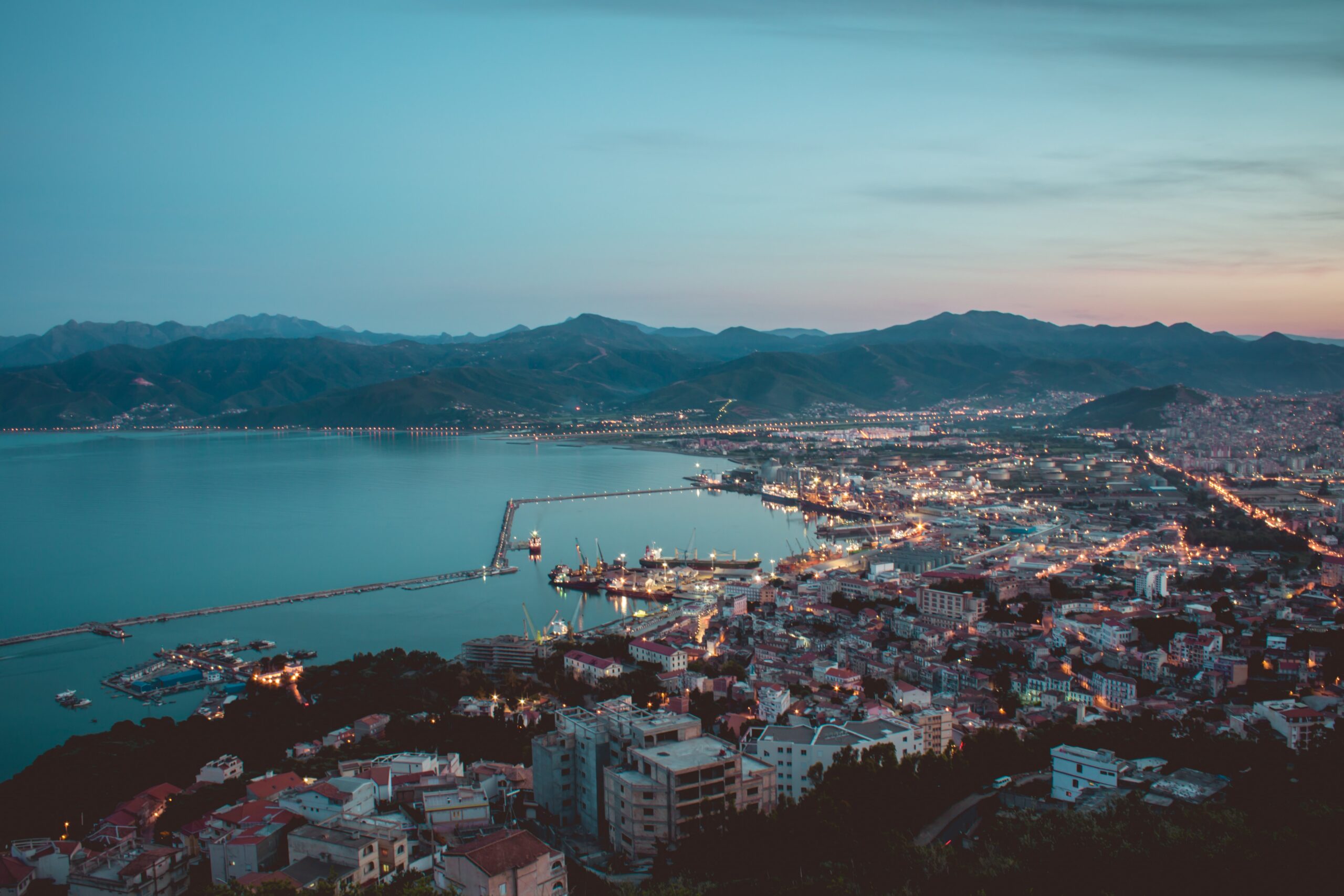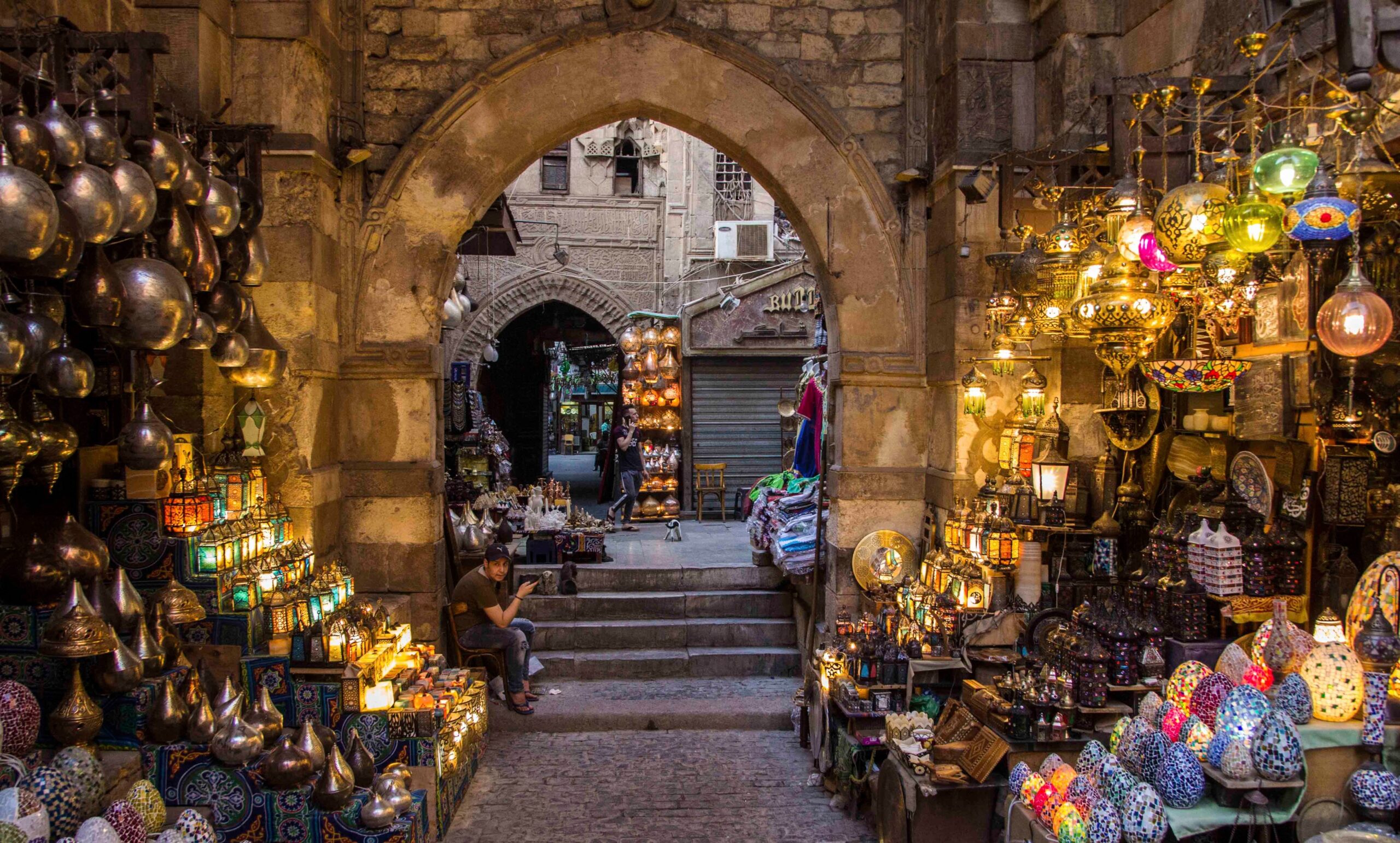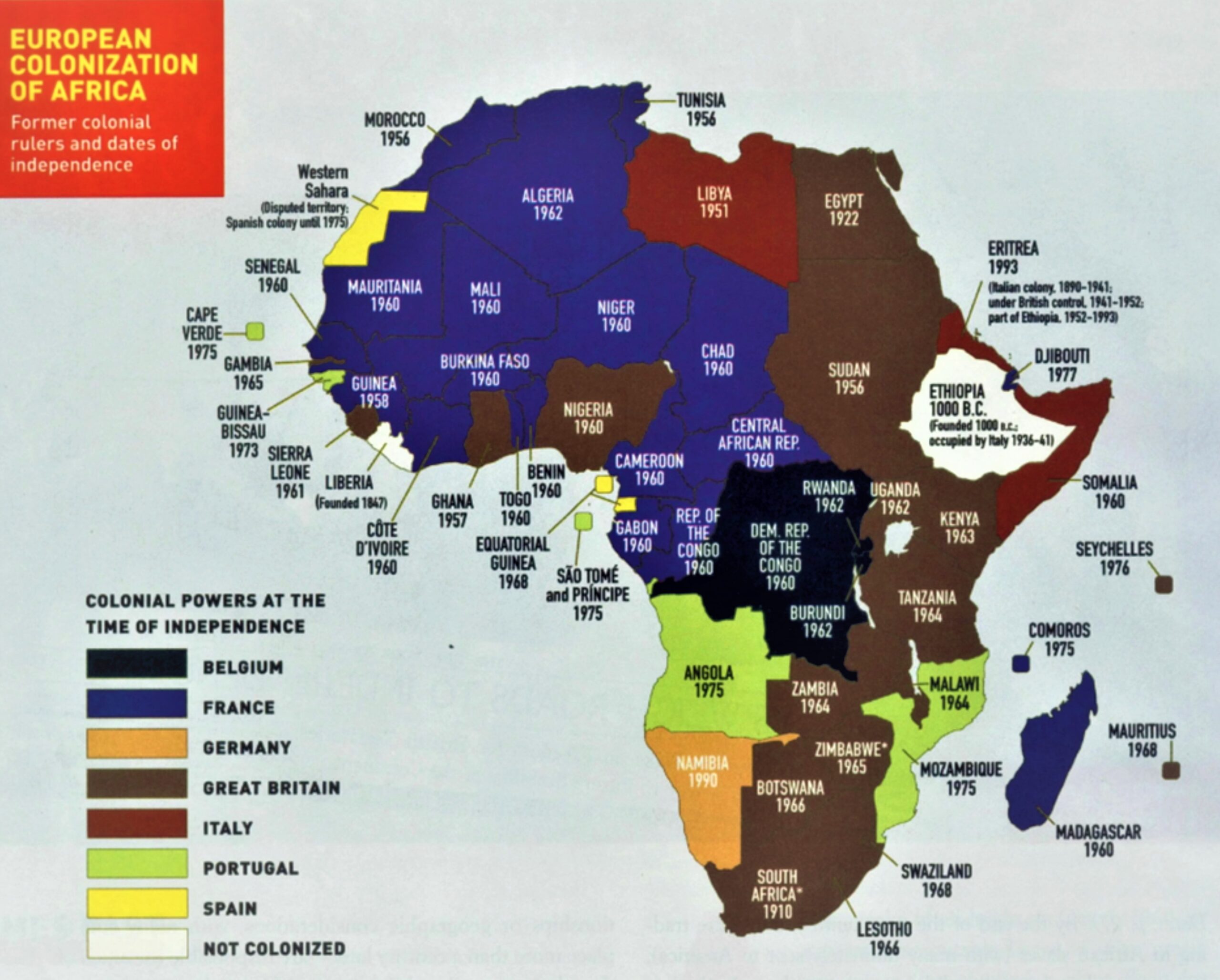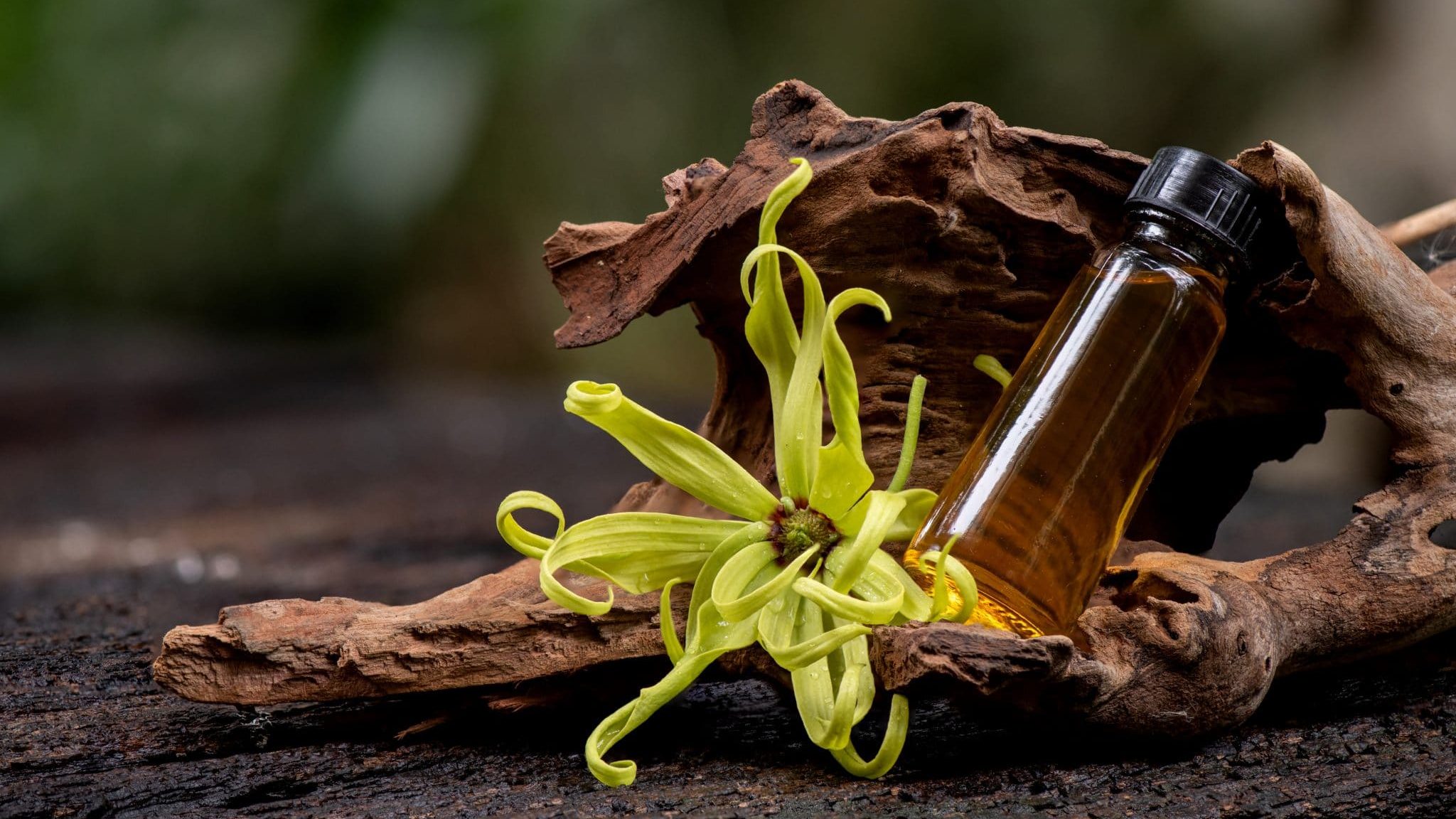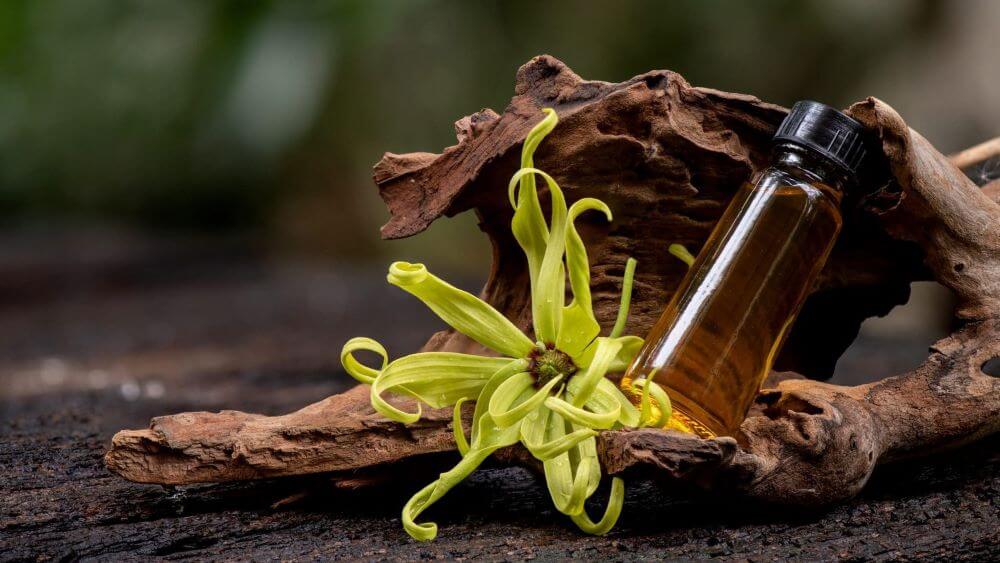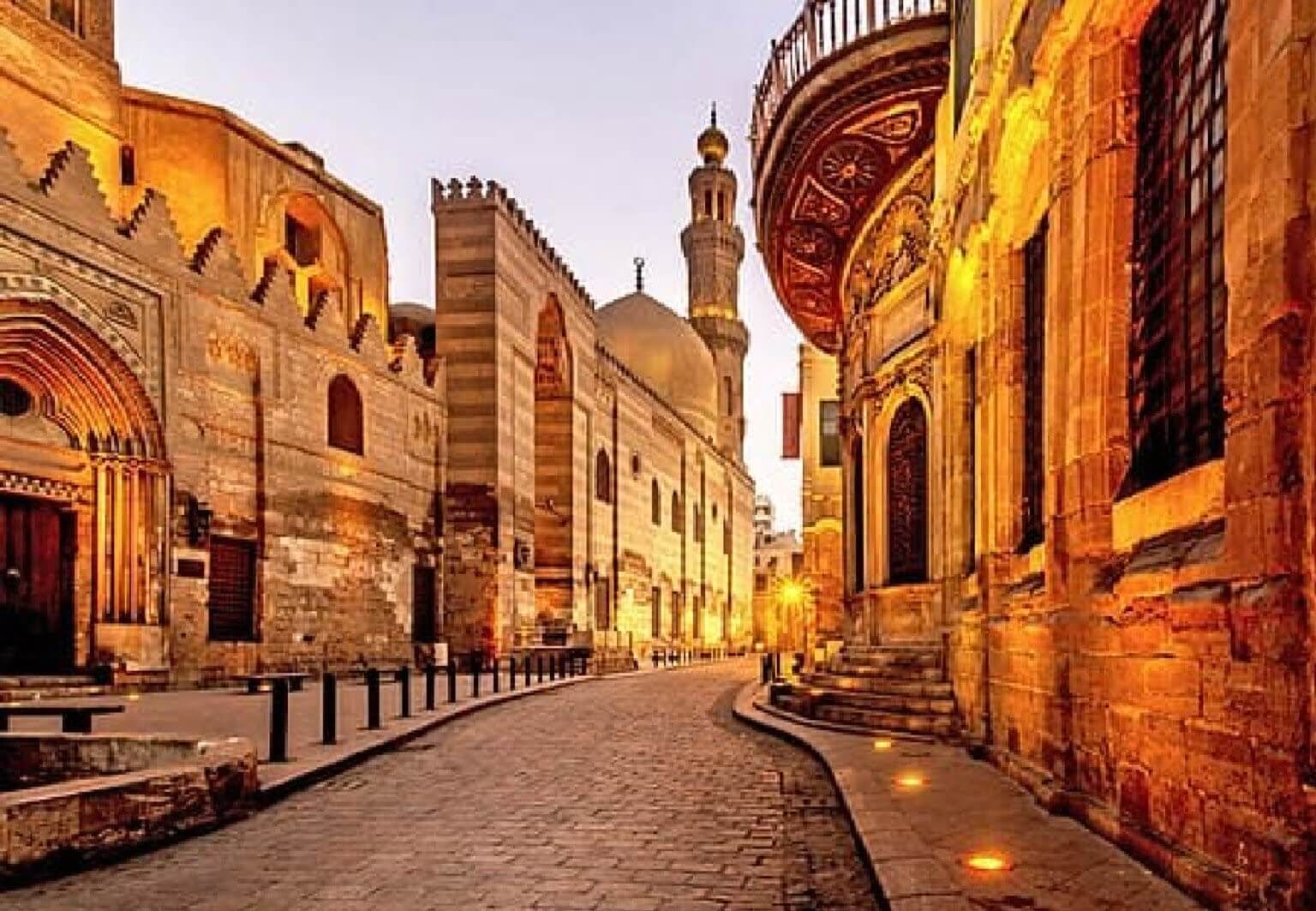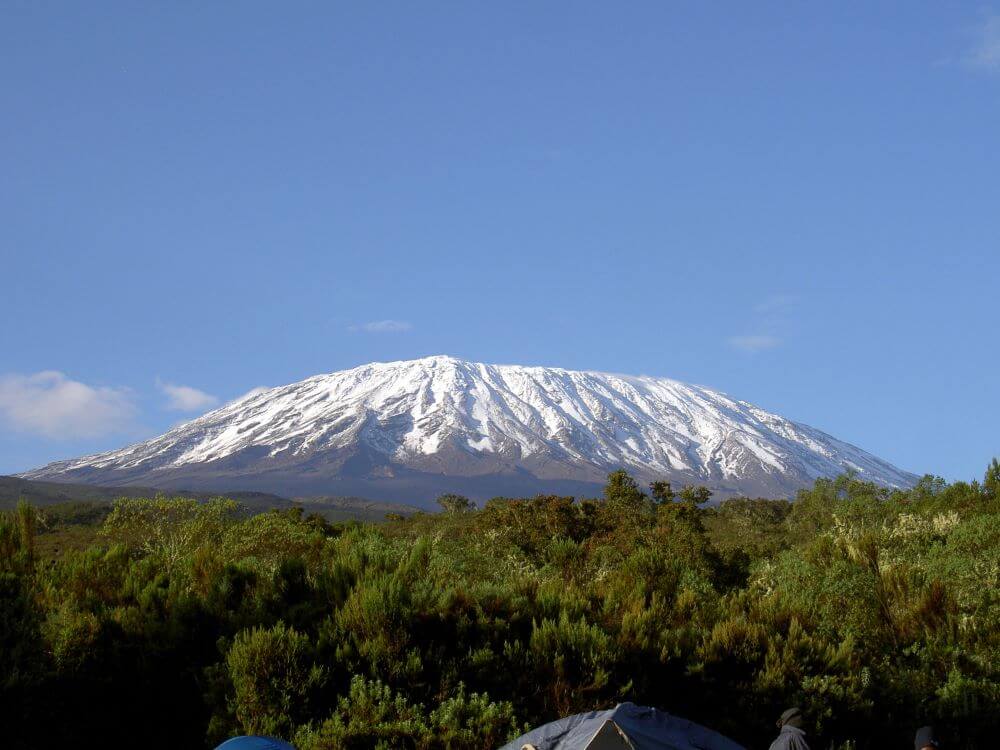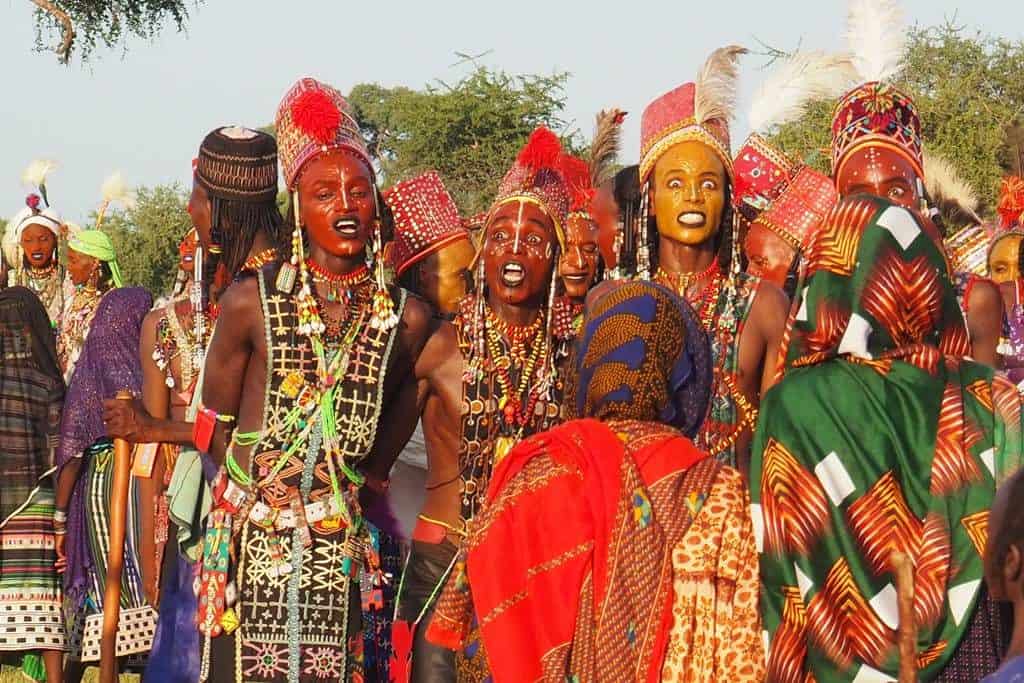Algeria, a land steeped in history and cultural richness, boasts seven UNESCO World Heritage Sites that tell the tales of its storied past. Among these, the Casbah of Algiers stands out, a citadel and traditional quarter that UNESCO proclaimed a World Cultural Heritage site in 1992. This site preserves the remains of the citadel, ancient mosques, Ottoman-style palaces, and a traditional urban structure that reflects a deep-rooted sense of community. As visitors walk past the old city wall across from the Barberousse Prison, they step into a historical tapestry woven with threads from ancient Numidians, Phoenicians, Carthaginians, Romans, Vandals, Byzantines, Umayyads, Ottomans, and the French colonial empire.
Algeria’s heritage, spanning millennia, is vividly portrayed in its UNESCO sites, from the majestic ruins of Tipasa and Timgad to the Berber heritage of Béjaïa, the Roman triumphs of Constantine, the Roman elegance of Djémila, the unique desert civilization of the M’Zab Valley, and the Islamic grandeur of Al Qal’a of Beni Hammad. Each site offers a glimpse into the civilizations and empires that once flourished on this North African coast, making Algeria a treasure trove of historical wonders.
Algeria, a land steeped in history and cultural richness, boasts seven UNESCO World Heritage Sites that tell the tales of its storied past.
The Casbah of Algiers

The Casbah of Algiers, a citadel and traditional quarter, was proclaimed a World Cultural Heritage site by UNESCO in 1992. This historic area preserves the remains of the citadel, ancient mosques, Ottoman-style palaces, and a traditional urban structure. Walking through the Casbah, visitors can feel the deep-rooted sense of community and experience a historical tapestry woven with threads from ancient Numidians, Phoenicians, Carthaginians, Romans, Vandals, Byzantines, Umayyads, Ottomans, and the French colonial empire.
Tipasa

Situated on the Mediterranean coast, Tipasa was originally a Punic trading post before being conquered by Rome and turned into a strategic base for the conquest of the kingdoms of Mauritania. The site features a unique blend of Phoenician, Roman, paleochristian, and Byzantine ruins, alongside indigenous monuments such as the Kbor er Roumia, the great royal mausoleum of Mauretania. Tipasa’s archaeological parks offer an exceptional testimony to the Punic and Roman civilizations.
Timgad

Located to the north of the Aurès Mountains, Timgad is a consummate example of Roman town planning. Founded by Emperor Trajan in AD 100, this Roman military colony was designed with a precise orthogonal layout. Timgad’s ruins, including the Trajan Arch and the well-preserved street grid, reflect the grandeur of Roman architecture and urban planning. The city’s expansion during the Severan period is evidenced by numerous public buildings and private residences adorned with intricate mosaics.
Djémila

Set in a picturesque green valley with mountain views, Djémila is home to the well-preserved ruins of an ancient Roman colony founded during the reign of Emperor Nerva. Recognized as a World Heritage site in 1982, Djémila features a grand 3000-seat theater, temples, basilicas, triumphal arches, and houses. This archaeological site bears exceptional testimony to Ancient Roman civilization and demonstrates Roman town planning adapted to a mountainous location.
M’Zab Valley

In the heart of the Sahara Desert, the five ksours (fortified villages) of the M’Zab Valley form an extraordinarily homogenous ensemble. Since the 11th century, the M’Zab Valley has preserved its way of life and building techniques, reflecting a specific social and cultural context. The architecture of the M’Zab settlements, designed for communal living with respect for family privacy, serves as an example of traditional human habitat perfectly adapted to the environment.
Al Qal’a of Beni Hammad

The ruins of the first capital of the Hammadid emirs, Al Qal’a of Beni Hammad, are located in a mountainous area of extraordinary beauty. Founded in 1007 and demolished in 1152, this archaeological site provides an authentic picture of a fortified Muslim city. The remains include the great mosque, its minaret, and a series of palaces. The site reflects the architectural refinement and palatial culture of the Hammad civilization and has influenced the development of Arab architecture in the Maghreb, Andalusia, and Sicily.
Béjaïa

Surrounded by the Djurdjura, Bibans, and Babors massifs, Béjaïa is one of Algeria’s oldest cities, founded in 26 or 27 BCE. In the Middle Ages, it was a prosperous Mediterranean center of great learning. The Citadel, the city’s most important historic monument, symbolizes an extinct cultural tradition and exhibits influences from Roman, Hammadid, Spanish, Turkish, French, and Arab-Muslim cultures. Béjaïa’s preservation of its Berber heritage, language, and customs adds to its historical significance.Constantine
Each of these sites offers a glimpse into the civilizations and empires that once flourished on this North African coast, making Algeria a treasure trove of historical wonders. Tourists will find that Algeria is a country filled with historic destinations spanning thousands of years, whose stories are told through its incredible UNESCO world heritage sites.

